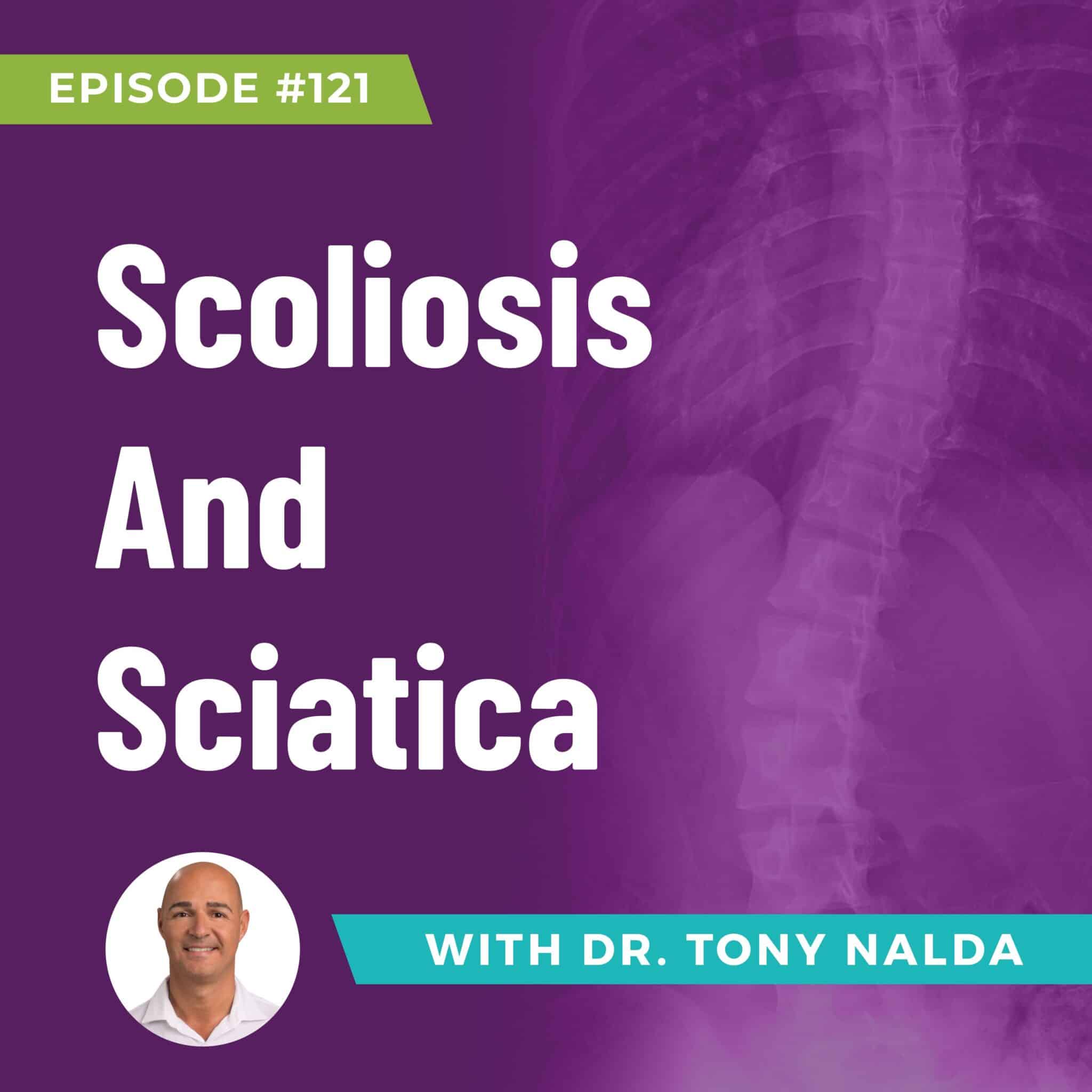Episode 121: Scoliosis And Sciatica
Summary: In this episode, we explore the potential association between scoliosis and sciatica, examining how these conditions may be interrelated and what can be done to manage the symptoms. Our host discusses the symptoms of sciatica, how scoliosis may cause or exacerbate sciatic pain, and the various treatment approaches for those suffering from these conditions.
Key Points:
- Common Symptoms of Sciatica:
- Lower Back Pain: Typically localized between the ribs and the waist, often worse on one side.
- Radiating Leg Pain: Pain that travels down one or both legs, following the path of the sciatic nerve from the lower back, through the hamstrings, calves, and sometimes extending into the feet and toes.
- Numbness or Paresthesia: A lack of feeling, usually in the toes, feet, or back of the leg, which can significantly impact mobility and quality of life.
- Debilitating Effects: Sciatic pain can be severe, causing immobility and "locking" sensations in the lower back and legs.
- Association Between Scoliosis and Sciatica:
- Sciatica is less common in children, even if they have scoliosis. However, it is more prevalent in adults with scoliosis.
- In adults, scoliosis can lead to sciatic pain due to the spine compressing and curving further out of alignment over time, largely driven by the effects of gravity.
- The abnormal curvature of the spine in scoliosis can press on the sciatic nerve, leading to sciatica.
- Treatment Approaches for Sciatica Associated with Scoliosis:
- Symptom Management: Pain management techniques such as medications or nerve-numbing injections can provide temporary relief but do not address the underlying cause of nerve compression.
- Proactive and Structural Treatments:
- Chiropractic Adjustments: Help restore spinal alignment and reduce nerve pressure.
- Exercises and Stretching: Strengthen the muscles supporting the spine and improve flexibility.
- Scoliosis Bracing and Rehabilitation: Specific treatments to address the scoliosis curve, prevent further progression, and reduce sciatic symptoms.
- Emphasizes the importance of treating the structural problem, not just the pain, to improve long-term outcomes and prevent further complications.
- Preventive Measures:
- If you have scoliosis but no sciatic symptoms, it’s essential to be proactive in managing the curvature of your spine. Keeping the curve as minimal as possible reduces the likelihood of developing sciatica or other related issues in adulthood.
- Maintaining a healthy spine structure can help enhance quality of life and longevity.
Conclusion: Understanding the relationship between scoliosis and sciatica is crucial for those affected by these conditions. Rather than simply managing symptoms, addressing the root cause through structural correction can lead to more effective, long-term relief. If you're experiencing symptoms or have concerns, consult a healthcare professional to develop a tailored treatment plan.
Musicbed SyncID: MB01T9C7EGKZ7MJ
Podcast: Play in new window | Download
Subscribe: RSS
Dr. Tony Nalda
DOCTOR OF CHIROPRACTIC
After receiving an undergraduate degree in psychology and his Doctorate of Chiropractic from Life University, Dr. Nalda settled in Celebration, Florida and proceeded to build one of Central Florida’s most successful chiropractic clinics.
His experience with patients suffering from scoliosis, and the confusion and frustration they faced, led him to seek a specialty in scoliosis care. In 2006 he completed his Intensive Care Certification from CLEAR Institute, a leading scoliosis educational and certification center.
About Dr. Tony Nalda
 Ready to explore scoliosis treatment? Contact Us Now
Ready to explore scoliosis treatment? Contact Us Now








